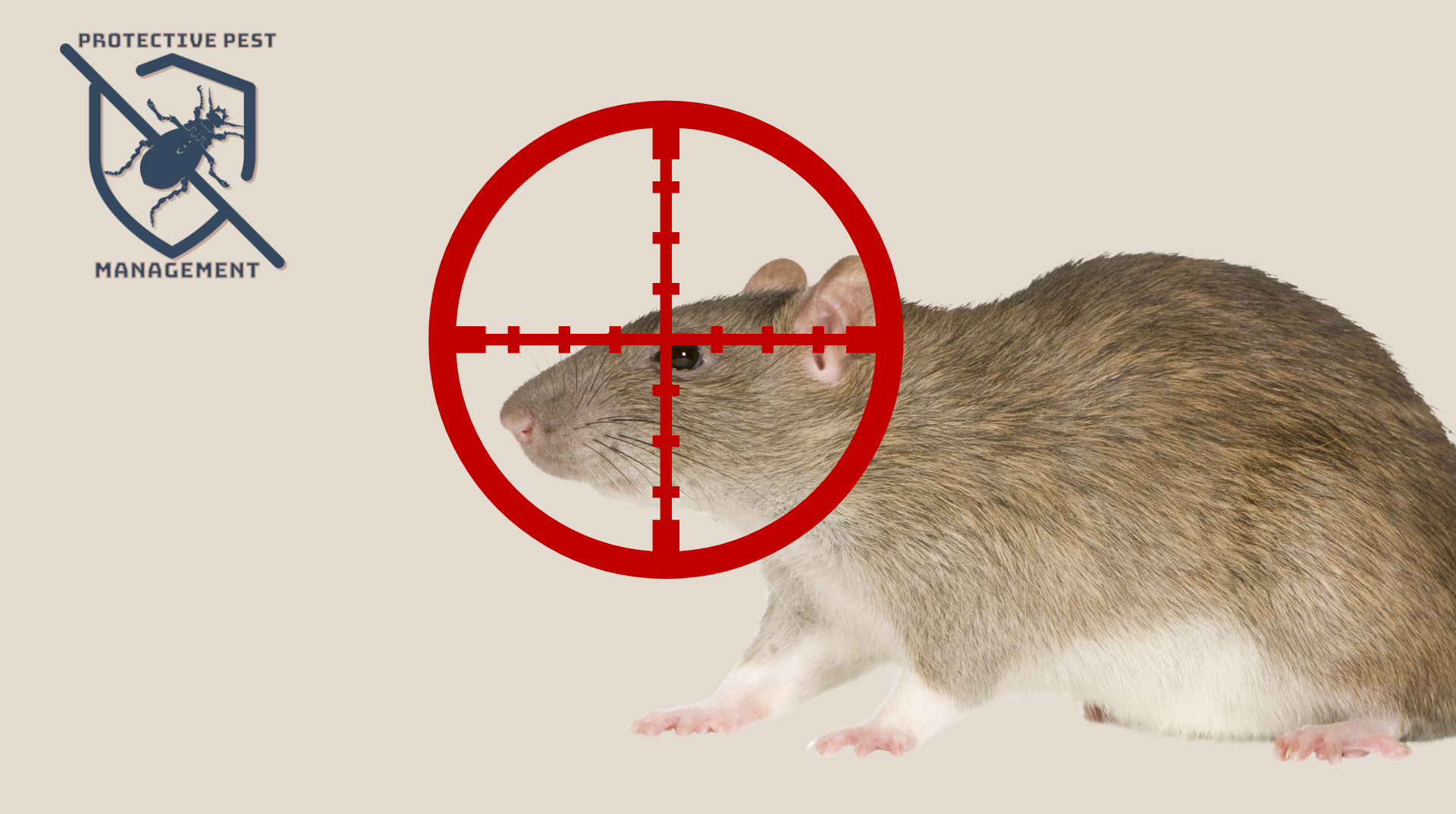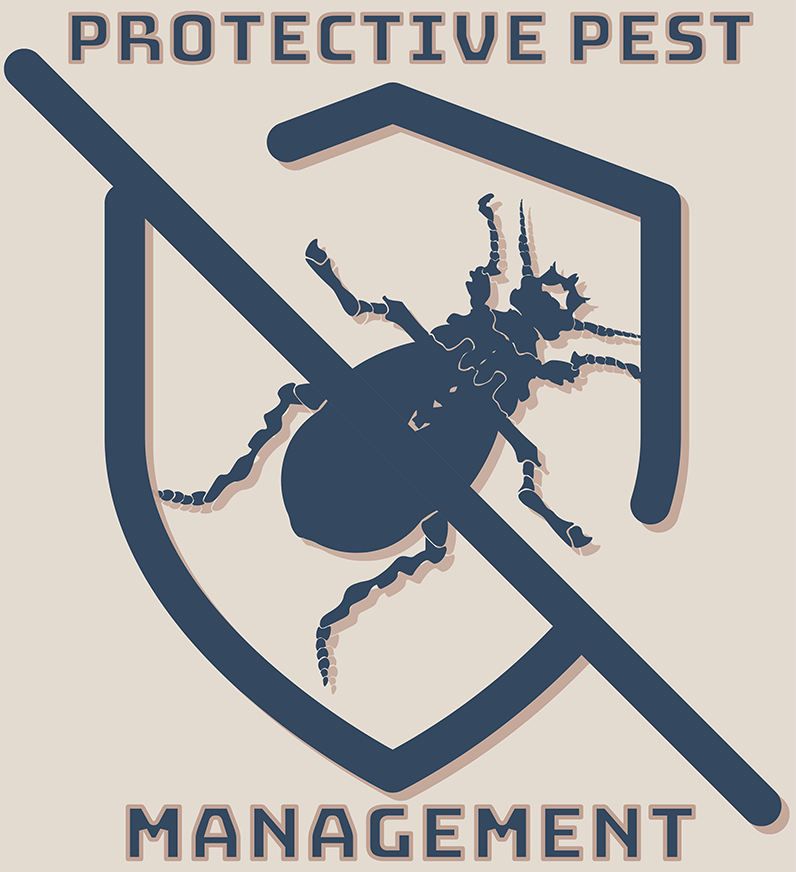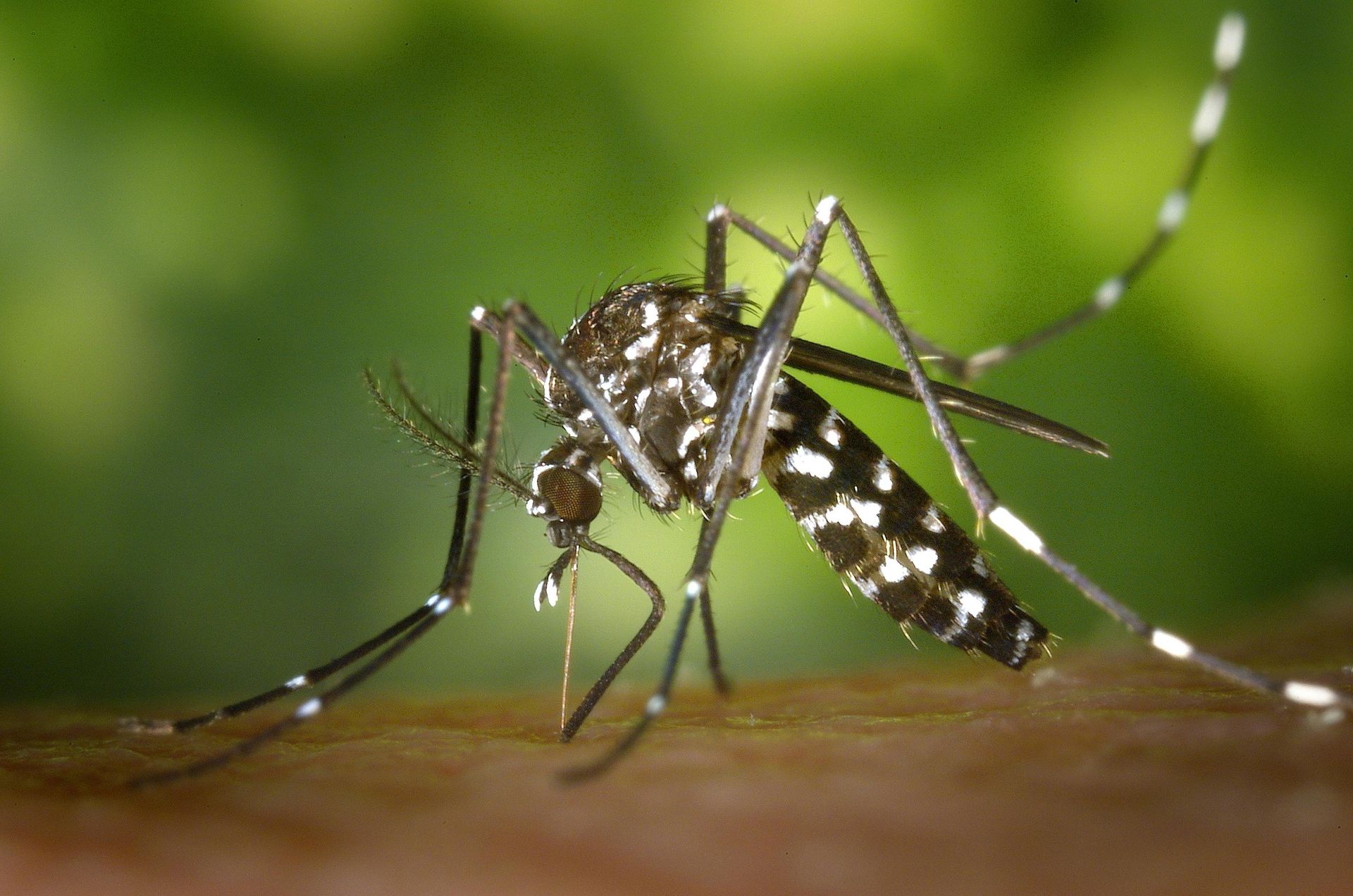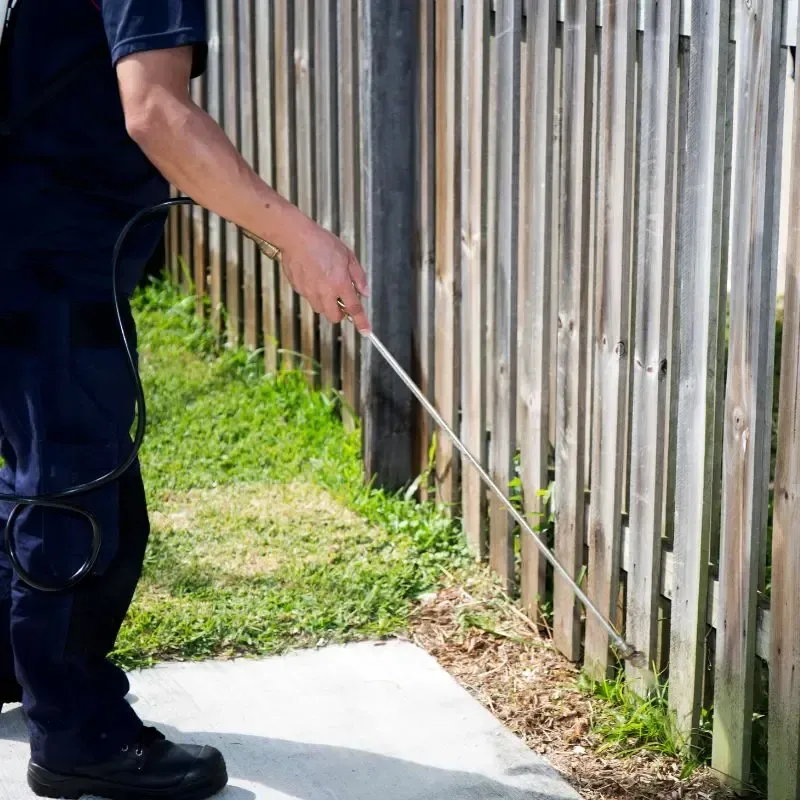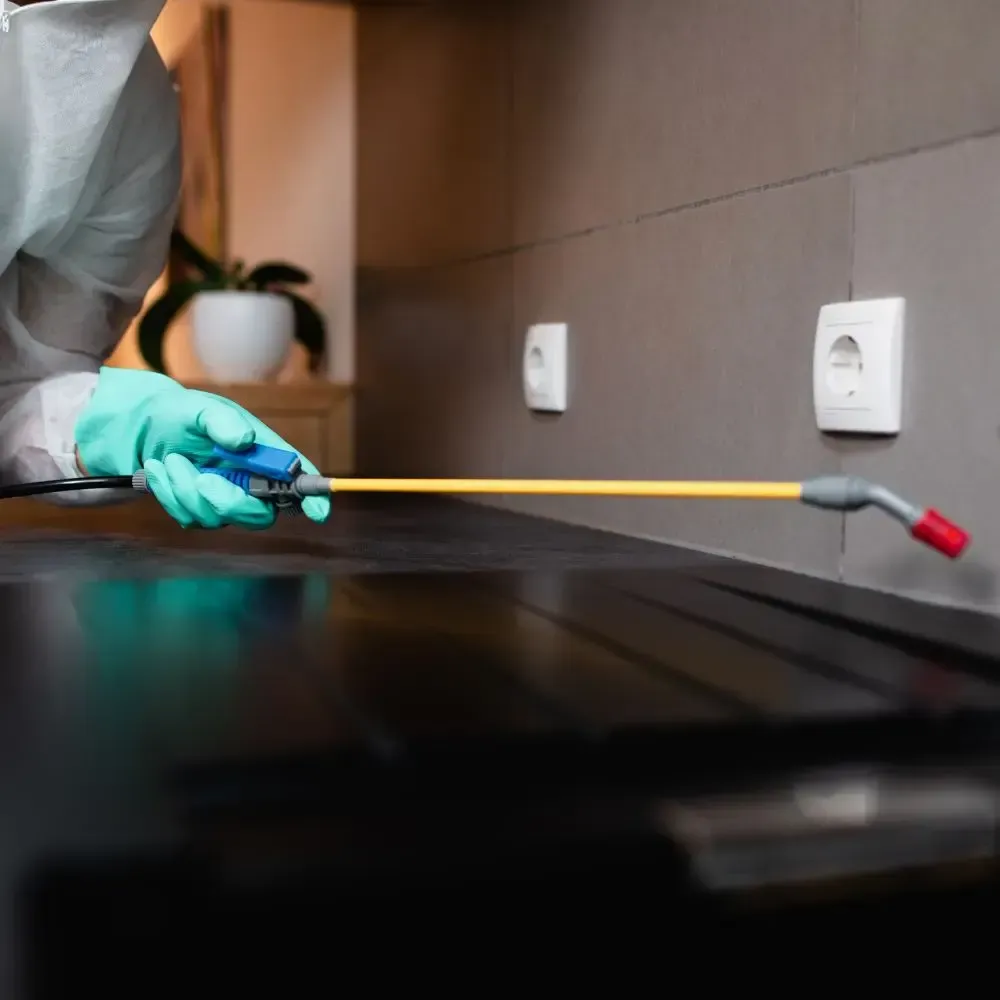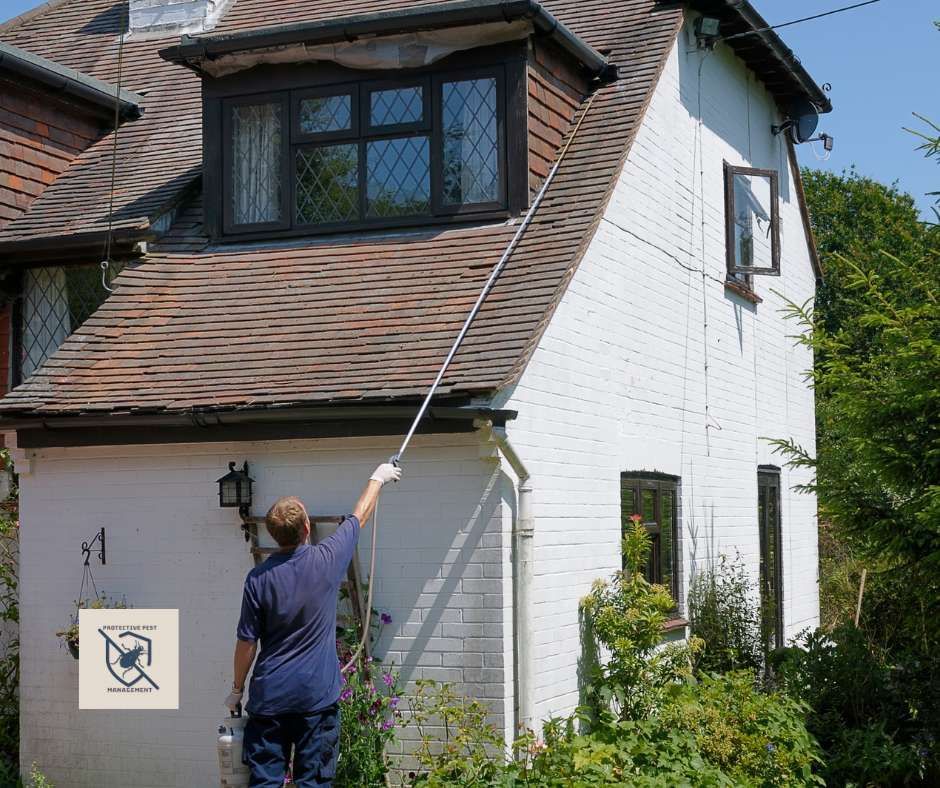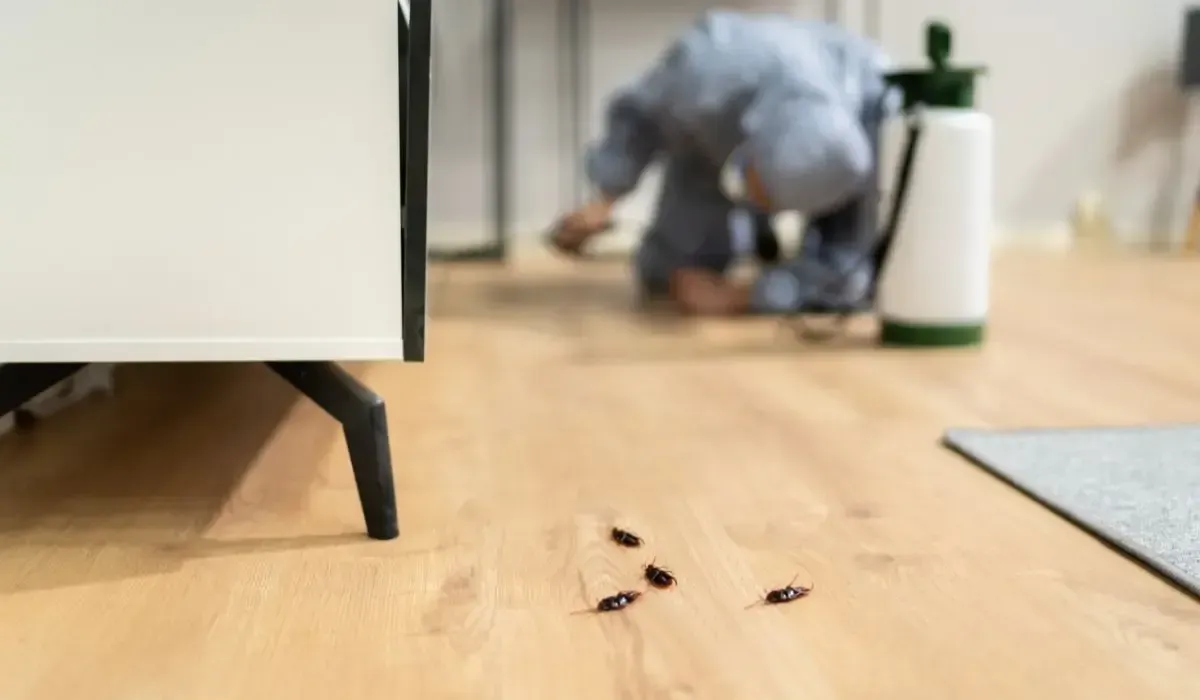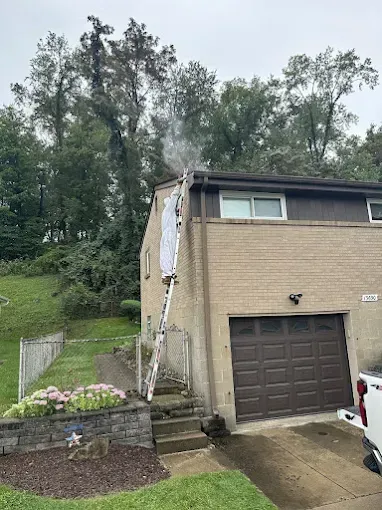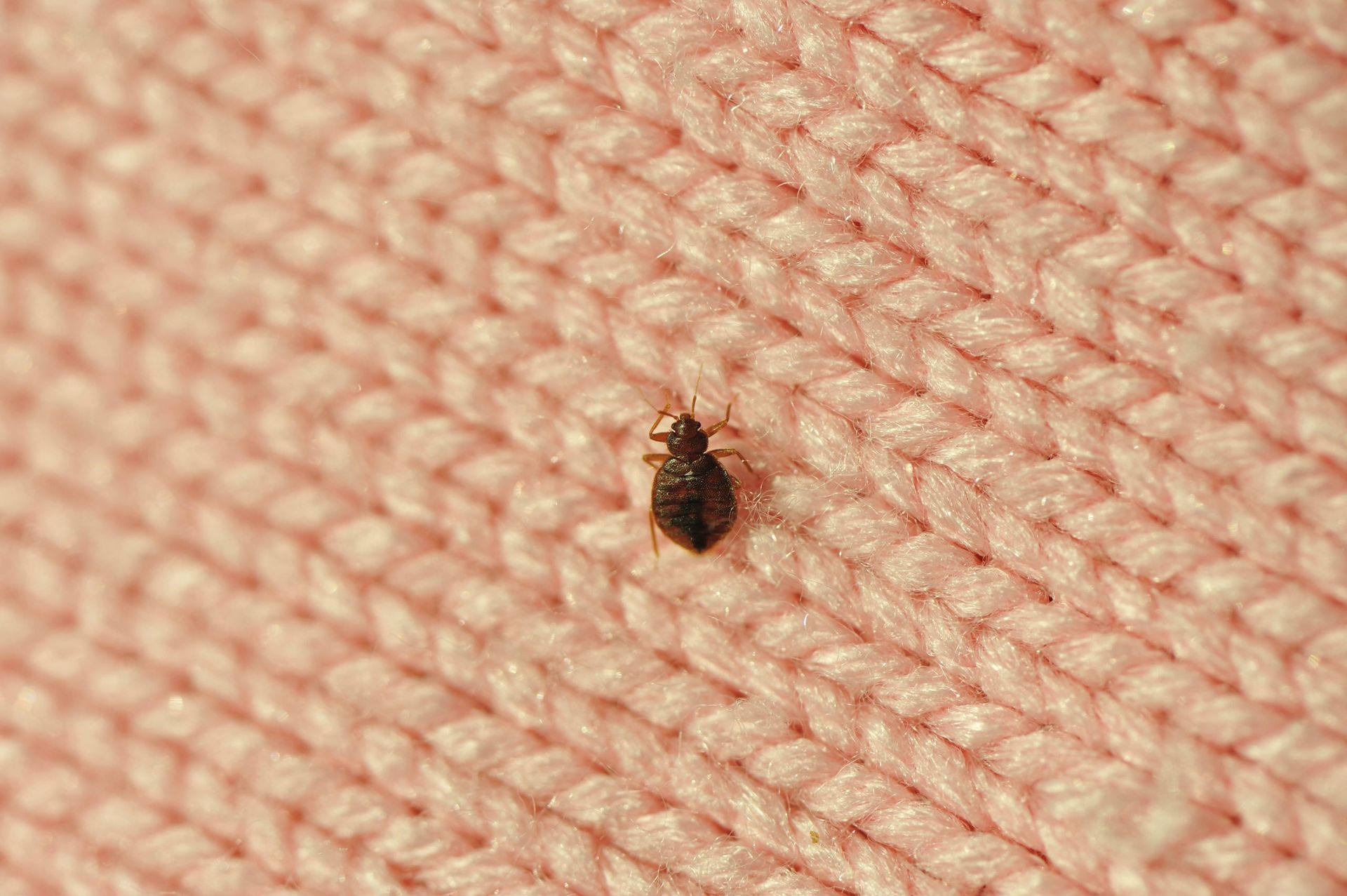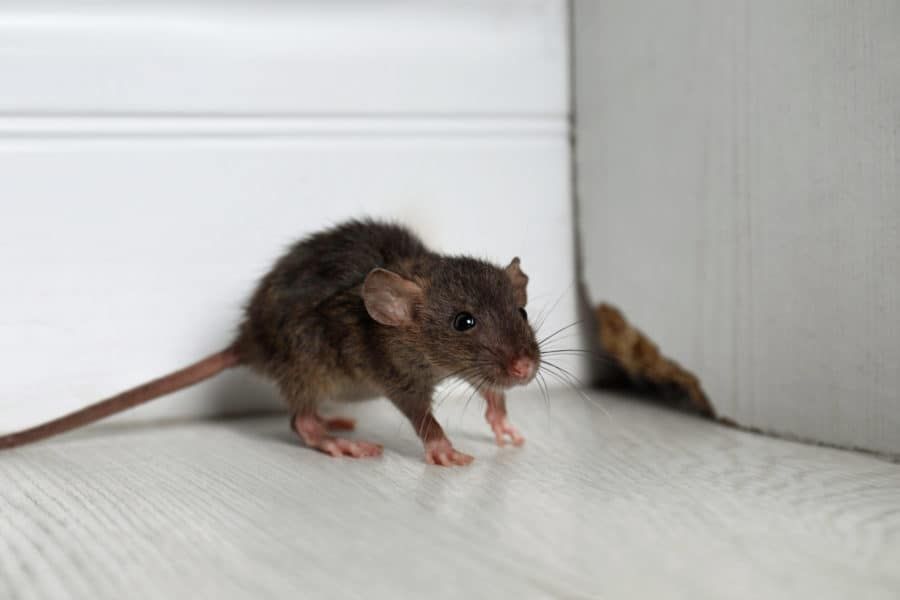How Do You Get Rid of Rats Quickly and Safely?
Rats are more than just an unwelcome sight. They spread diseases, contaminate food, and cause serious damage by chewing through wires, insulation, and even wood. Once they find their way into a home or business, they reproduce quickly, making infestations difficult to control. Many homeowners ask the same question: how do you get rid of rats quickly and safely?
Here’s a breakdown of the most effective strategies, along with why professional help often makes the difference.

The Dangers of a Rat Infestation
Rats are not just a nuisance. They carry bacteria and parasites that pose health risks, including salmonella and hantavirus. Their droppings and urine can contaminate food supplies, while their gnawing can lead to costly structural and electrical damage. In areas like
Somerset, Johnstown, and Irwin, where residential neighborhoods are close to wooded spaces, rats often move indoors searching for food and shelter.
Step One: Identify the Problem
The first step to eliminating rats is recognizing the signs of an infestation. Look for:
- Droppings in kitchens, pantries, or basements
- Gnaw marks on wires, food packaging, or furniture
- Scratching noises in walls or ceilings at night
- Grease marks along walls where rats travel
- Nests made of shredded paper, fabric, or insulation
Catching these early signs is crucial if you want to stop the problem before it gets worse.
Step Two: Seal Entry Points
Rats can squeeze through openings as small as a quarter. To keep them out, inspect your home’s foundation, walls, rooflines, and vents. Seal gaps with steel wool, metal mesh, or concrete; materials rats cannot chew through. Remember that simply killing rats inside won’t solve the problem if new ones can continue to enter.
Step Three: Remove Food and Water Sources
Rats thrive in environments where food and water are easy to access. Take these steps to make your home less attractive:
- Store food in airtight containers
- Keep trash bins sealed tightly
- Fix leaks and reduce standing water
- Clean up crumbs and spills promptly
- Limit outdoor bird feeders that attract rodents
By removing their food supply, you reduce the chances of an infestation spreading.
Step Four: Use Traps and Baits
Traps and bait stations are effective for reducing rat populations, but they must be used correctly to work safely.
- Snap traps: A fast and humane way to kill rats when placed in high-activity areas.
- Electronic traps: Deliver a quick, fatal shock and can be reused.
- Bait stations: Locked containers that hold rodenticides, protecting children and pets from direct contact.
Placement is key. Traps should be placed along walls, behind appliances, and near entry points where rats are likely to travel.
Step Five: Sanitize and Monitor
Even after eliminating rats, the job isn’t done. Sanitation is critical for reducing health risks and discouraging future infestations. Disinfect areas where rats have nested or left droppings, and continue monitoring for new signs of activity.
Why Professional Help Is Often Best
DIY solutions can work for small infestations, but larger rat problems usually require professional intervention. Pest control experts use a combination of exclusion, trapping, baiting, and monitoring to ensure long-term results. They also have access to tools and products that are stronger and safer than over-the-counter options.
In addition, professionals know how to locate hidden nests and entry points you might miss. By addressing the root of the problem, they ensure rats don’t come back.
Quick Relief, Lasting Protection
The fastest and safest way to get rid of rats combines immediate action with long-term prevention. That means sealing entry points, removing food sources, using traps strategically, and working with a trusted pest control provider. By taking these steps, you protect your home, family, and peace of mind.
Call for a Free Quote
Don’t let rats put your health and property at risk. Protective Pest Management provides safe, effective, and proven rat control services tailored to your needs. Call (814) 244-0067 or fill out our online form today to schedule a free quote.
